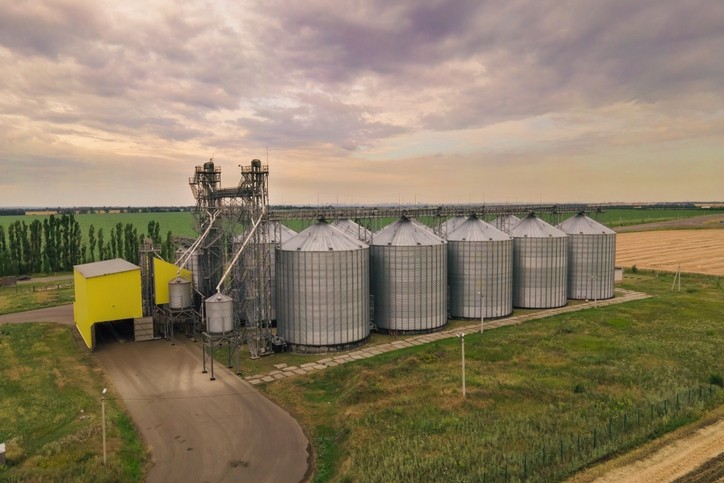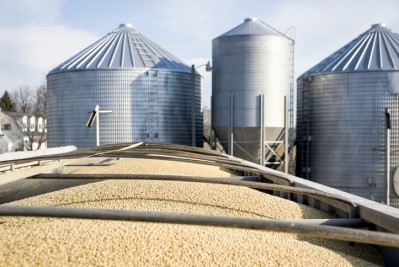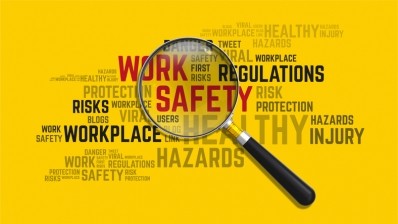OSHA alliance raising awareness about grain and feed industry’s major hazards

Concerted efforts, though, by state workplace safety officials and industry stakeholders helped to reduce the rate of fatal engulfments by 17% from 2020 to 2021, said the US Department of Labor’s Occupational Safety and Health Administration (OSHA).
These efforts continue in 2023.
An OSHA cooperative alliance program involving the Grain Handling Safety Coalition (GHSC), Grain Elevator and Processing Society (GEAPS) and the National Grain and Feed Association (NGFA) is raising awareness once again this week about grain safety.
Begun in 2016, the annual Stand Up 4 Grain Safety Week addresses grain industry hazards and ways to reduce risks and improve safety and health management systems to help prevent life-altering injuries and fatalities.
The grain and feed industry’s six major hazards include: engulfment, falls, auger entanglement, struck-by, combustible dust explosions, and electrocution hazard.
Assistant secretary for occupational safety and health, Doug Parker, said: “The alliance’s efforts have helped reduce injuries and deaths in this high-hazard industry, but more must be done to create a culture throughout the industry that makes safety a regular part of doing business.”
Virtual training
The Stand Up 4 Grain Safety Week includes a series of interactive online learning sessions featuring experts with information about related OSHA regulations and an open discussion forum.
Recognizing that the fatal injury rate among Hispanic and Latino workers rose from 4.2 fatal work injuries per 100,000 full-time workers in 2019 to 4.5 per 100,000 in 2020, the coalition will provide sessions on powered industrial vehicles and heat/cold stress and extreme weather offered in Spanish as well.
Safety steps
Critical steps for grain safety according to the alliance include:
- Turning off/locking out equipment before entering a bin or performing maintenance.
- Never walking down grain to make it flow.
- Testing the air in the bin before entering.
- Using a safety harness and anchored lifeline.
- Placing a trained observer outside of the bin in case of an emergency.
- Not entering a bin where grain is built up on the side.
- Controlling the accumulation of grain dust through housekeeping.












